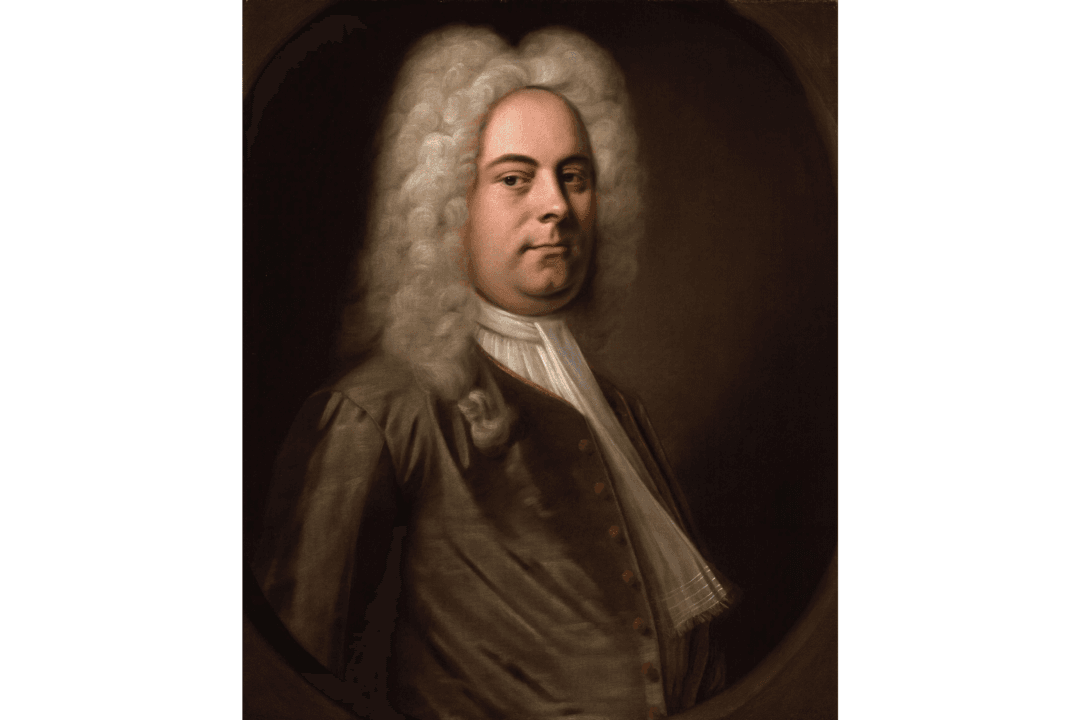In the early 1700s, the British public couldn’t get enough of Handel. Born George Frideric Handel (1685–1759), the German-British composer spent the majority of his career in London. There, he became a pioneer in the opera seria genre, a genre of Italian opera characterized by elaborate arias crafted for the era’s famous virtuoso singers.
While Handel wrote many famous operas, “Ariodante” is perhaps his most enduring masterwork, showcasing the composer’s ability to balance dramatic storytelling with rich musical expression.






